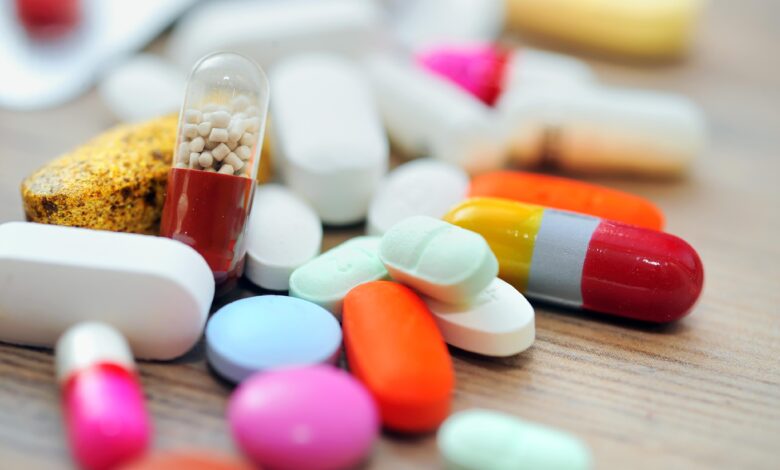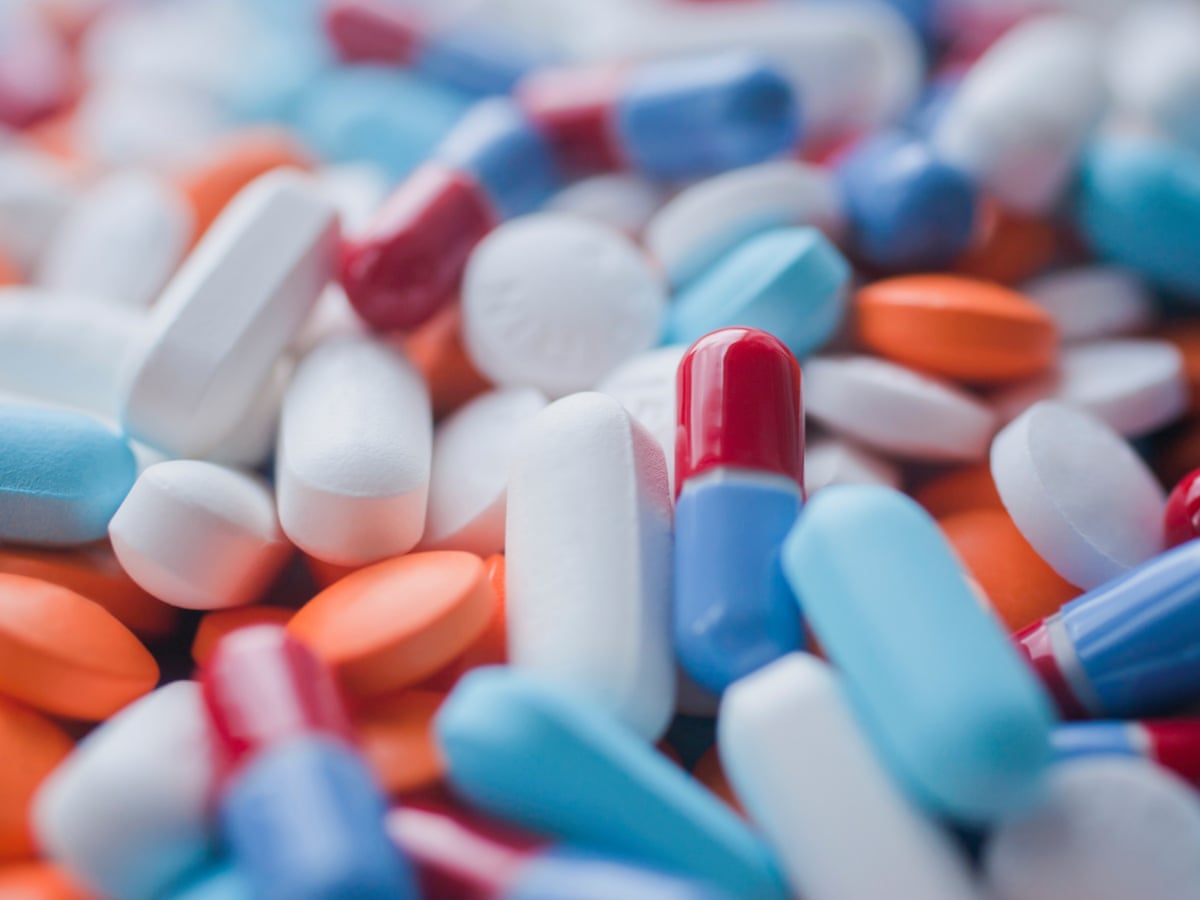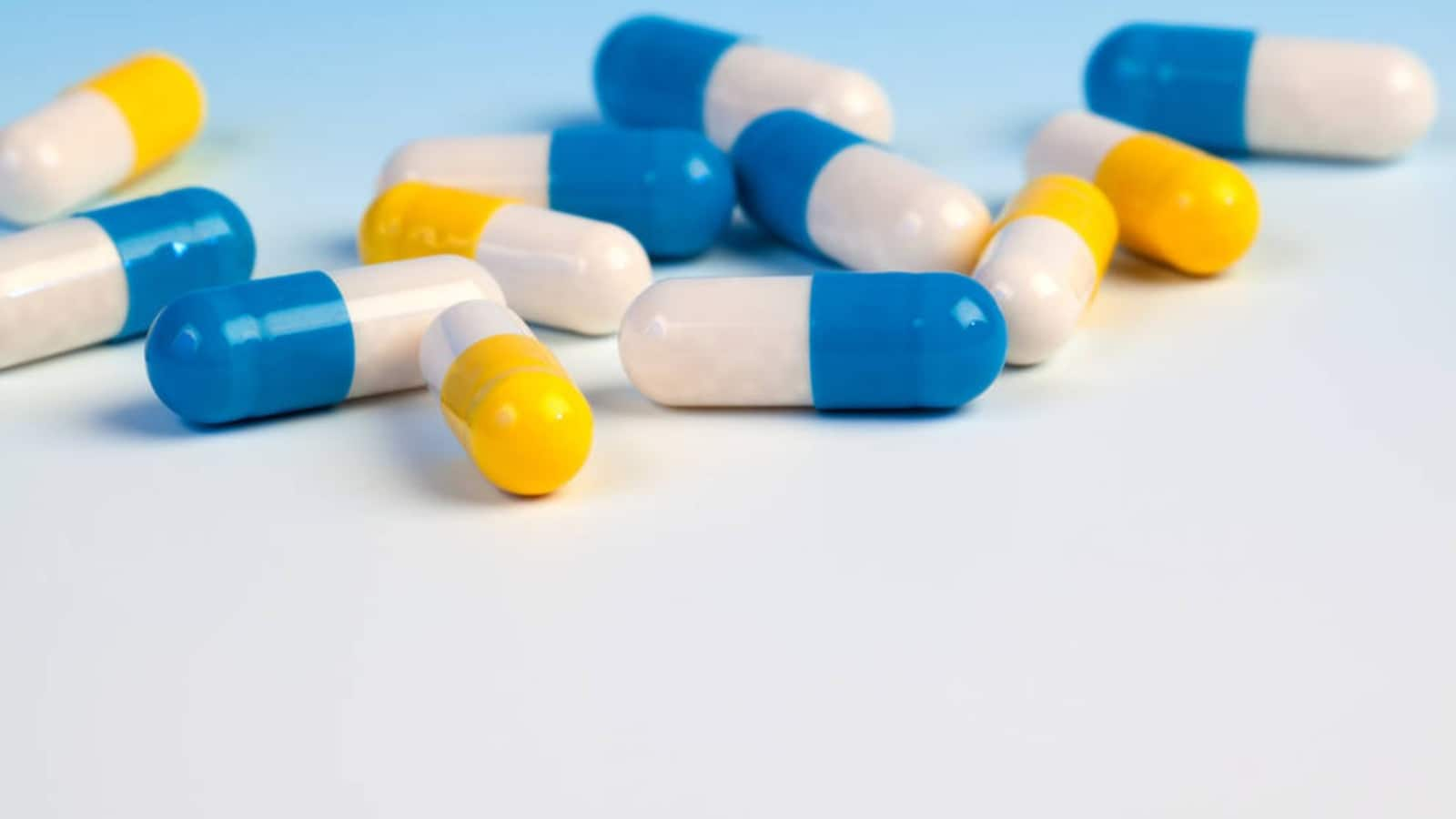In India, the cost of more significant Medicines is regulated.

In India, the cost of more significant Medicines is regulated. 93 critical terms, including anodynes and specifics for cancer, rheumatoid arthritis, heart complaints, bacterial infections, pneumonia, TB, and thyroid, have been established at outside prices by the National Pharmaceutical Pricing Authority (NNPPA). Medicine prices will drop as a result of the change, and companies that do not misbehave will have to pay the government back for overcharging.
“All directors of listed phrasings who promote ingrained, well-known, or each variation of listed phrasings at If a price is less than the ceiling price, all similar formulas’ prices will be reduced, not exceeding the limit price plus any applicable goods and services duty, if any, according to a government statement. Drugmakers needed to submit a medicine pricing list to the medicine controller via the state’s medicine regulator, dealers, and the Integrated Pharmaceutical Database Management System (IPDMS), which also receives clones.
For illustration, the price of Digoxin factors 0.25 mg, which is used to treat cardiac diseases, has been set at $7.14 per tablet, while the price of Pyrazinamide expression 1000 mg, which is used to treat TB, has been set at $9.39 per tablet. In addition, the price of Docetaxel 20 mg per vial intended for cancer treatment has been frozen at $, which was previously more than $2,000 per vial.
“Manufacturers who fail to comply with the ceiling price shall be required to deposit the overpriced quantum following the conditions of the Medicines (Price Control) Order, 2013 and the Essential Goods Act, 1955,” the advertisement added. Makers of drug formulations with an MRP lower than the ceiling price must keep the present MRP. Likewise, every retailer and dealer is obliged to show the pricing list on their business website in a way that’s easily available to everybody.
The union health ministry disclosed 384 crucial life-saving details and set pricing caps in November of last year. Public and private hospitals alike are required to maintain a sizable collection of these details. The representative for the medical department didn’t respond to inquiries.
Since the start of the pandemic, the authorities has implemented a number of measures to ensure the availability of necessary medications at fair rates as well as the price regulation of a number of medical devices.
The NPPA previously last month extended the deadline for controlling the exchange perimeters of five clinical biases palpitation oximeters, blood stress tracking devices, nebulizers, virtual thermometers, and glucometers—until March 31 because to the rise of COVID instances in other nations. The use of these medical devices is essential for the therapy.
In light of rising COVID cases in other countries, the NPPA extended the deadline for regulating COVID earlier this month. How does the National Pharmaceutical Pricing Authority impact the cost of specific drugs? How does the pricing system operate? The medicine controller permits a monthly rise in the price of scheduled medicines following the WPI, although the periodic adaptation is tightly limited and nearly never exceeds 5. Still, the pharmaceutical assistance actors noted that input prices had risen sharply in recent times.
“The medicine business lobby has long demanded the increase.” The prices of all specifics covered by the NLEM are regulated. According to the Medicinals Price Control Order 2013, the government is permitted to increase the prices of listed medicines, which make up around 15 percent of the pharmaceutical request, following the WPI, while the remaining 85 are subject to a 10 percent periodic rise.
According to an expert in the field, the pharmaceutical lobby is now calling for at least a 10-percent increase for listed medicinals as well.
The Medicinals (Price Control) Order, 1995–2013, established the NPPA in 1997 to fix or revise prices of bulk capsules and phrasings, as well as to apply pricing and medicine availability within the country. Its accreditation is to deal with all legal issues arising from the NPPA’s opinions, to execute and apply the virtues of the medicines (price control) order following the authorities granted to it, and to cover medicine forces to detect shortages and take appropriate action.
The simple normal of the price to the retailer for all ingrained and general clones of a given pharmaceutical expression with a request share higher than or equal to 1 is employed to determine the maximum price for planned drugs. A 16-store collegiate retail peripheral is added to this. Periodically, the Indian review will announce the ceiling price that the NPPA has established or changed. The National Pharmaceutical Price Authority (NPPA) is also required to collect and keep data on the product, importance, and exports, as well as perform and/or guarantee material research about the pricing of medicines and medicinals.:max_bytes(150000):strip_icc()/medicine-pills-463594335-ba46b2f34a764be6a9c0e56a308cb938.jpg)
Prices are streamlined in response to increases in the cost of bulk specifics, raw materials, transportation costs, freight rates, serviceability (including energy, power, and diesel), as well as adaptations to levies and duties. Due to rising insurance and freight costs as well as the rupee’s devaluation, imported specifics have become more precious. Based on the WPI, the monthly increase in drug costs published in the NLEM is calculated. The NLEM includes regularly used specifics like paracetamol and azithromycin in its list of specifics for treating fever, infections, heart complaints, hypertension, anemia, and other conditions.




